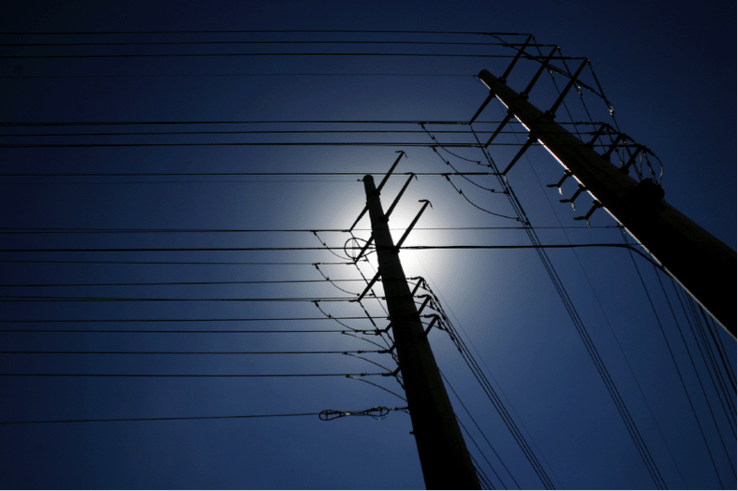
It’s a nightmare scenario, but if your hospital experiences a total power outage, you still need to care for patients. You might be able to navigate the darkened rooms with a flashlight and emergency lighting, but how will you oxygenate that ventilated patient? How will you suction them?
A 2012 ProPublica story, “Why Do Hospital Generators Keep Failing?”, cited six instances in recent years where hospital emergency power systems have failed, and not always due to natural disasters like hurricanes. In 2022, Santa Clara Valley Medical Center in San Jose had no power for about four hours when backup generators failed to work because of extreme heat.
What can nurses on the floor do to keep a power loss from crippling patient care? Take these steps to make sure your unit can perform during an electrical outage.
Stock an Adequate Local Inventory of Manual or Battery-Operated Devices
If the lights go out, you won’t have time to send techs running to central supply for batteries. Be sure to stock enough of the items within your department’s supply closets to keep things running while the power is down.
- Maintain at least one bag valve mask per patient in critical care areas. If the power goes out, your ventilators will fail. The only way to oxygenate your patients will be by squeezing the bag.
- Invest in portable suction devices that employ battery backup or run on alkaline batteries - and be sure to stock at least one per intubated patient. At the moment electricity goes out, backup battery-equipped devices revert to battery power and often run for hours, while alkaline battery-powered devices will continue to function for as long as their batteries are fresh–up to nine hours. At that point, if the power is still offline, fresh off-the-shelf alkaline batteries can be swapped in for continued run time.
- Stock plenty of batteries. Inventory the types of batteries your devices need and maintain an adequate supply. This includes any extra rechargeable batteries, as well as alkaline batteries in standard sizes.
- Consider stocking items that work without any power requirement, such as thermometer strips that simply lay upon the forehead.
- Keep multiple flashlights on hand, including the lantern type that can sit on the floor to illuminate corridors and patient rooms. Be sure you also keep extra batteries on hand for these, too.
Test Your Devices on a Schedule
You already test the defibrillator and inventory the crash cart daily. Expand your unit’s routine to include testing other battery-powered emergency devices such as portable suction devices, medication dispensers, infusion pumps, and so on. Make sure these machines will work when they’re unplugged.
A report presented to the National Institutes of Health titled “When the Lights Go Out...Battery Powered Medical Devices: Healthcare Provider Perspectives,” offers a long list of patient care machines that rely on electricity to function. This list will give you a starting point for creating a plan to routinely test your unit’s devices.
Conduct Regular Power Outage Drills
There are good reasons hospitals run mock codes: they help staff members function at optimal capability and efficiency under stressful conditions. Hospitals also run disaster preparedness drills on a routine basis for the same reasons.
Keep your unit sharp by holding a power outage drill, as well. Here are a few suggestions:
- Create a written strategy or protocol for how unit staff should respond during a loss of electricity.
- Involve your hospital’s disaster preparedness team and design a drill to practice how your team will function during a power outage.
- Educate your staff about how to test and maintain battery-powered and manual patient care devices. Take advantage of manufacturer-supplied equipment for this purpose, like our free aspirator test kit.
Plan Ahead to Overcome a Power Outage
With advance planning and care taken to stock appropriate emergency medical equipment like portable suction devices, your care team can smoothly adjust to a catastrophic power failure and continue to deliver vital patient care during a crisis.
Editor's Note: This blog was originally published in September 2020. It has been re-published with additional up-to-date content.
















